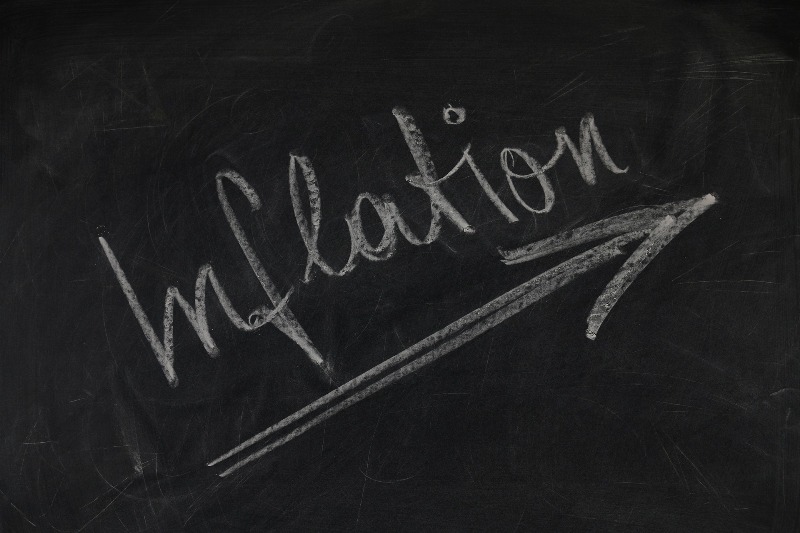Philippines: Inflation hits 5-month high 3.4% in Sept
MANILA, Philippines — The consumer price index continued to accelerate in September, rising to a five-month high of 3.4 percent from 3.1 percent in August and 2.3 percent in the same period last year due to faster increases in food prices, the Philippine Statistics Authority reported yesterday.
The PSA attributed the faster increase in inflation to the 3.6 percent annual growth recorded in the heavily weighted food and non-alcoholic beverages index.
Socioeconomic Planning Secretary Ernesto Pernia said the lingering effects brought by Typhoon Jolina and Tropical Depression Maring to farms and fishing areas in Calabarzon, particularly in Quezon province, exacerbated the food price situation.
BSP Governor Nestor Espenilla Jr., however, said the rise in inflation is still manageable despite the faster movement last month and the growth in consumer prices is expected to stay within the two to four percent target set by the central bank.
“The BSP remains of the view that the inflation environment will continue to be manageable over the policy horizon after taking into account the latest assessment of price levels in September,” he said.
The BSP expects inflation to range between 2.8 and 3.6 percent in September. However, it was higher than the market consensus of 3.2 percent.
Inflation last month matched the highest inflation of 3.4 percent recorded last March and April. Inflation averaged 3.1 percent in the first nine months of the year.
“Firm domestic economic activity, sufficient liquidity, and well-anchored inflation expectations continue to support current policy settings,” Espenilla said.
Based on its latest assessment, the BSP’s Monetary Board sees headline inflation averaging 3.2 percent between 2017 and 2019, within the two to four percent target set by the BSP.
“However, the central bank will continue to closely monitor emerging economic and financial developments to determine scope for further refinement of policy instruments,” Espenilla said.
Higher annual increments were registered by the alcoholic beverages and tobacco with 6.4 percent; clothing and footwear at two percent; housing, water, electricity gas and other fuels, 3.8 percent; transport, 4.8 percent as well as restaurant and miscellaneous goods and services, 2.4 percent.
Excluding selected food and energy items, core inflation further moved up by 3.3 percent in September from three percent in August.
However, ING senior economist Joey Cuyegkeng said the upside inflation surprise may lead to BSP’s need to turn more cautious if inflation reports for October and November remains on an uptrend.
“We continue to expect that the BSP may need to implement a pre-emptive tightening at the December meeting to head off overheating in the economy. This would also address the need to possibly re-anchor inflation expectations while preserving interest rate differentials (in the wake of a likely Fed rate hike),” he said.
Cuyegkeng said ING has warned of overheating possibilities in the Philippines as liquidity grew 15.4 percent in August, exceeding its non-inflationary growth range of 10 to 15 percent.
The higher liquidity and credit growth, Cuyegkeng said reflects strong economic activity and points to stronger gross domestic product (GDP) growth in the third and fourth quarter.
“The September inflation rate, together with acceleration in monetary indicators add other indicators that may presage overheating. The other indicators include imbalances in the economy – wider trade deficits, a current account deficit and fiscal deficits, and a positive output gap since 2016,” he said.
ING raised its inflation forecast to 3.2 percent instead of 3.1 percent this year but retained the assumption for 2018 and 2019 at 3.5 percent.
Source: http://www.philstar.com/business/2017/10/06/1745831/inflation-hits-5-month-high-3.4-sept


 Thailand
Thailand




